It is key to understand the different types of stains that are encountered most often in the pool and spa industry in order to effectively prevent or remove them.
As with all pool (or spa) chemicals, it’s important to follow the manufacturer’s directions for their specific pool stain remover as well.
Organic stains
They’re caused by living things like plant matter (leaves, acorns, flowers etc.), algae, worms, and anything else that once lived and happens to end up in your pool (or spa).
How to prevent organic stains
They can be prevented by proper cleaning and not allowing the contaminants from sitting in your pool (or spa) for any length of time, while also maintaining proper filtration and sanitizer levels.
Organic stains are also commonly resolved by shocking and brushing the stains directly and/or adding small amounts of chlorine directly to the stain and allowing it to break the stain down enough to brush away.

Inorganic stains
Caused by metals, such as copper and iron, inorganic stains can be more difficult to prevent and treat.
Copper can be introduced by mineral systems, algaecides, or old plumbing to name a few. On the other hand, iron can be introduced by well-water and lawn fertilizer over broadcast.
High calcium content in water can cause scale to deposit at the waterline as a white line on your pool (or spa) and it can also be the cause of cloudy water. We know what you may be thinking, but calcium is actually considered a metal.
How to prevent metal stains
Metal stains are typically prevented by either sequestering the metals or removing them from the water.
If stains already exist then they can be treated with stain removal products in conjunction with stain prevention products. Scale can be difficult to remove and you should be careful to not damage your hot tub’s shell and finish.
There are some very important concepts to understand when discussing metal stains and prevention products:
- You should have your water tested for metal content and then understand how the metal was introduced. If you already have stains in your pool, you should consider treating the stains and then focus on preventing future stains.
- If you use a sequestrant to prevent staining you will need to apply maintenance doses according to product instructions, otherwise, the metal can precipitate into stains when the sequestrant level dips. There are also products that can actually remove the metals from water by binding them to insoluble polymers like CuLator.
- It’s important to note that if a stain is faint or isn’t very old, stain prevention products may actually lift it. However, if it isn’t lifted then you will require another product to remove the stain first, and then the metal can be sequestered and/or removed.
Safety Information About Stain Prevention and Removal Products
You should always read and follow all safety precautions on the product labels. Keeping your pool (or spa) safe means keeping yourself and others around you safe while maintaining your chemistry and your equipment. Some common recommendations include:
- Wearing protective gear such as gloves and eye protection.
- Store chemicals in ventilated areas and separate from one another to avoid chemical reactions from leaks.
- Do not mix chemicals.
See this informative video for some more great tips on pool chemical safety.

